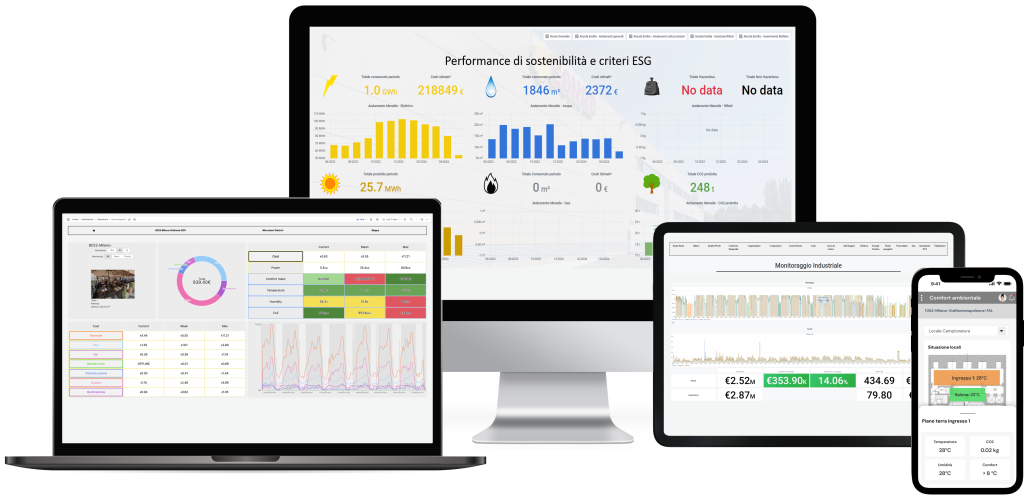The “Transition 5.0 Plan” is a reality and represents a new strategic phase for the energy transition in Italy. The plan, presented in the Pnrr Decree-Law and approved by the Council of Ministers on February 26, aims to incentivize business investments through a system of tax credits to promote restructuring and innovation measures that improve efficiency and increase energy savings.
The Transition 5.0 plan aims to meet the need for a greener industry by supporting the conversion of production processes to a sustainable and efficient energy model based on renewable technologies.
The plan includes €6.3 billion in funding from the NRPR funds, which are integrated into the new chapter of the European Commission’s RePowerEU plan. These funds are in addition to the €6.4 billion already allocated by the budget law, bringing the total amount to around € 13 billion to be invested over the two-year period 2024-2025.
What conditions must be met to access the incentive?
To access the incentives under the Transition 5.0 Plan, it is necessary to make an investment in tangible or intangible capital goods, stipulated in Annexes A and B of the Transition 4.0 Plan, that achieves a reduction in energy consumption. Again, it is expected that the assets must be interconnected to the company’s production management system or supply network.
The plan stipulates that the reduction in energy consumption must be at least 3 percent for the entire production facility located in the country, or at least 5 percent for the processes specifically involved in the investment.
As for self-consumption and self-production, these investments must be part of an innovation project involving the purchase of capital goods. Once the investment in capital goods is activated, it is also possible to access the tax credit for “new tangible goods instrumental to business operations aimed at the self-production of energy from renewable sources intended for self-consumption, with the exception of biomass, including facilities for storing the energy produced.”
An important new feature concerns Annex B, devoted to software. This has been expanded to include software, systems, platforms or applications for plant intelligence. These tools must provide continuous monitoring and visualization of energy consumption and self-generated and self-consumed energy, or introduce energy efficiency mechanisms through the collection and processing of data, including data from field IoT sensing, known as Energy Dashboarding.
Energy monitoring: a full digital self-consistent intervention that qualifies for the 5.0 tax credit.
In this context, investments in energy monitoring systems can give access to the tax credit and enable the implementation of additional interventions with access to the tax credit called “towed” interventions. Investments aimed at the self-production of energy from renewable sources, such as the installation of a photovoltaic system (meeting the requirements of Law No. 11 of February 2, 2024), are to be considered “towed” interventions.
It is important that the consumption savings are calculated “without taking into account changes in production volumes and external conditions affecting energy consumption”.
In order not to exclude newly established companies from the support, the implementing regulation specifies average reference values for different scenarios to assess the energy savings guaranteed by the investment.
ENERGENIUS Monitoring: the 5.0 READY solution from MAPS Energy
MAPS Energy offers comprehensive energy monitoring solutions that can enable investments in photovoltaics by becoming drivers.
Tailored to meet the specific needs of energy market participants, ENERGENIUS Monitoring’s multi-site energy monitoring software allows you to track energy use down to the smallest detail, providing a clear picture of where improvements can be made in the use of energy resources and enabling the 5.0 tax credit.
ENERGENIUS Monitoring provides customizable visualization and real-time control room and supports energy and economic analysis for energy savings and ESG performance certification.

Learn about ENERGENIUS Monitoring energy monitoring for buildings and industries and access Transition 5.0 Plan incentives
